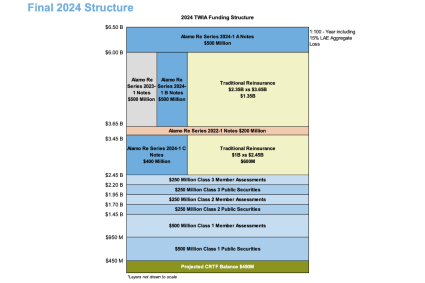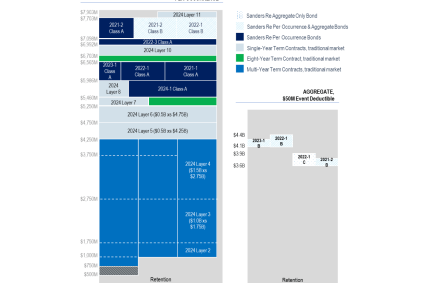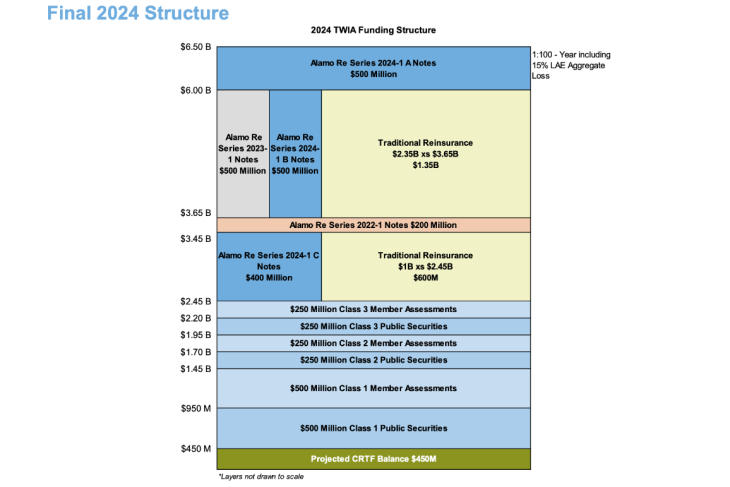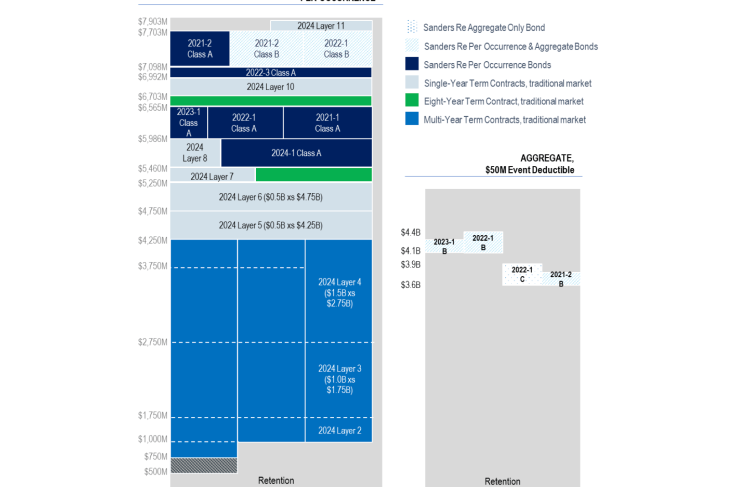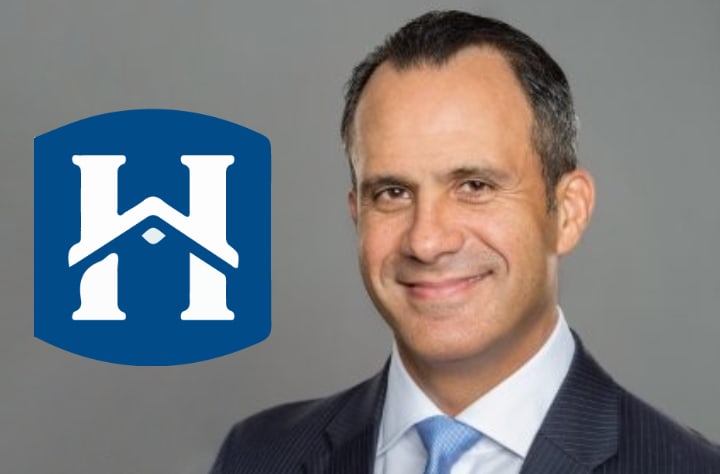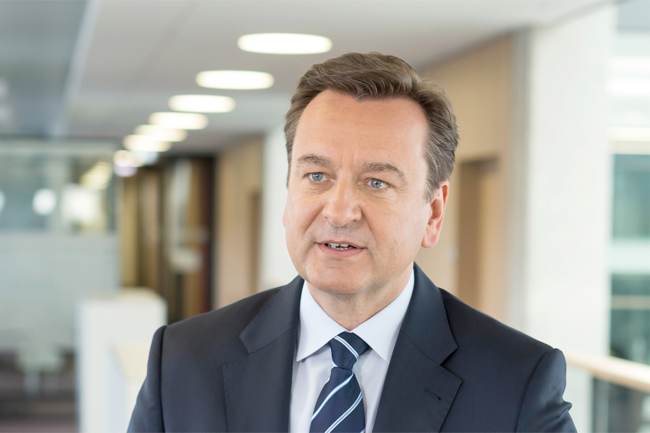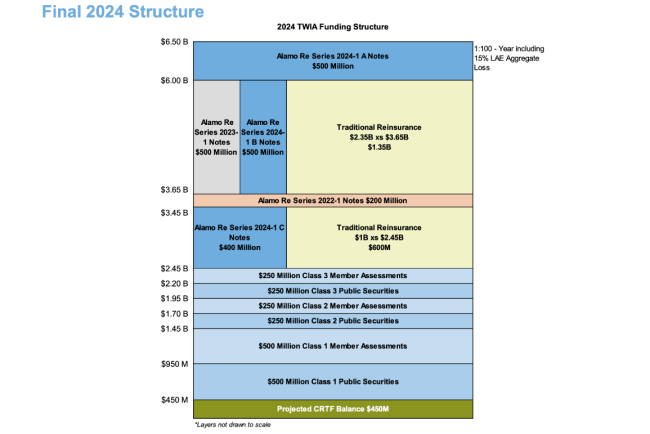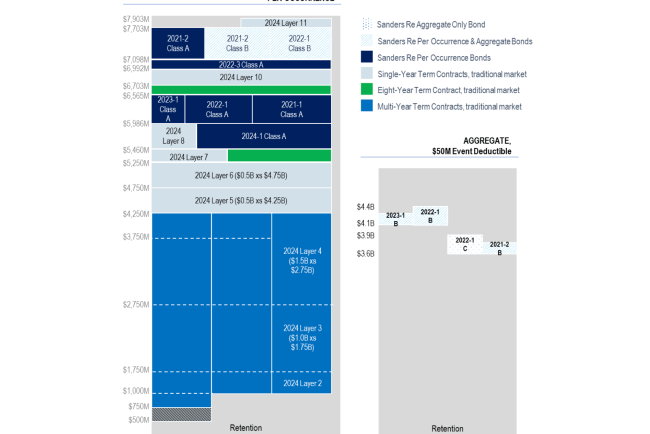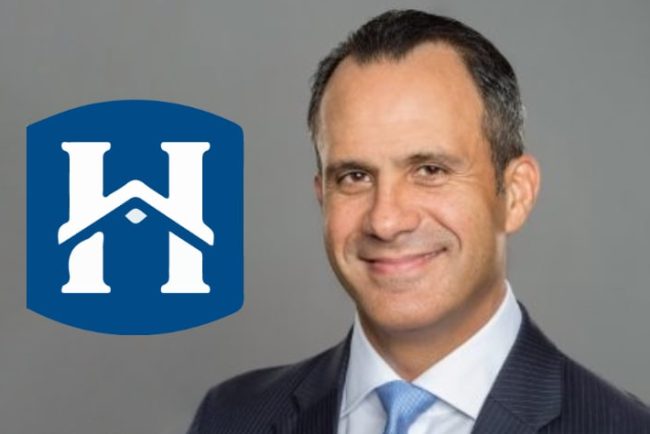
This content is copyright to www.artemis.bm and should not appear anywhere else, or an infringement has occurred.
A few signs emerged at the recent January 1st 2024 reinsurance renewals that bode well for protection buyers as we move through this year and into the next, as broker Aon highlighted that appetite is returning for some of the more challenged products and areas of the tower.
 Over the last couple of years appetite to underwrite aggregate reinsurance or retrocession and lower layers of towers, had dried up in many cases, as reinsurers shied away from the business that had driven so many losses to them in the years prior.
Over the last couple of years appetite to underwrite aggregate reinsurance or retrocession and lower layers of towers, had dried up in many cases, as reinsurers shied away from the business that had driven so many losses to them in the years prior.
But certain factors are beginning to drive more appetite to support insurer and protection buyer demand for cover, in aggregate form or lower down.
Aon’s Reinsurance Solutions team recently highlighted that one of the factors driving more appetite for these risks is the fact many reinsurers remain keen to grow, but the growth opportunity higher-up may now be less available, or facing more competition and a slight softening of prices.
Joe Monaghan, Global Growth Leader at Aon’s Reinsurance Solutions said that, at the January renewals, “Some reinsurers were also more flexible in more challenging areas, such as peril-specific lower layers and aggregate covers, particularly where insurers were able to offer potentially profitable participations elsewhere.”
By supporting cedents needs, reinsurers are able to secure better shares higher-up, is a common feature of a reinsurance market that is now stabilising and where capital has been less of a challenge to secure.
As well as leverage, using the aggregate and lower layers as a way to elicit more share of the most attractive layers, there are also reinsurers that believe the market has reset considerably, with much higher pricing and updated terms making some of these previously more challenges areas of the catastrophe reinsurance tower appealing again.
“Following the resetting of the property market and much improved results in 2023, many reinsurers are now keen to grow. As a result, some reinsurers were more accommodating at the renewal when it came to meeting the needs of individual insurers in more challenging areas, such peril specific lower layers and aggregate covers, as well as reinstating certain terms and conditions,” Aon’s Reinsurance Solutions team explained in more detail.
They added, “The increases in deductible levels a year ago have helped mitigate reinsurer losses, and reinforced necessary changes in the insurance value chain that should ultimately result in a much healthier and more sustainable market.
“In the meantime, reinsurers that want to grow in the segment should look to support insurers with flexibility in lower layers, aggregate covers and structured solutions.”
At the 1/1 2024 renewals most reinsurers went into negotiations with a desire to grow in property catastrophe reinsurance, Aon explained.
This gave insurers the ability to use their upper-layers and specialty portfolios as ways to attract reinsurer support for lower catastrophe layers and frequency coverage.
Aon said that the reinsurers that were most supportive at renewals in 2023, have benefited most from these market dynamics in 2024.
Aggregate covers are now “back on the table” Aon believes, with the reinsurance broker saying that more reinsurers are willing to consider them, at the right price and terms, in 2024.
Aon has called before for the market to innovate to narrow the reinsurance protection gaps that had emerged, when it comes to secondary perils and frequency exposures.
As we also reported, model confidence had been a driver of lower certainty in the ability to predict secondary perils and we asked whether the pendulum may have swung too far on catastrophe risk retention as well.
Aon’s Joe Monaghan again highlighted the broker’s concerns over whether the reinsurance market has retrenched too far, away from frequency and secondary perils.
He said, “As capacity continues to build, there will be opportunities for insurers to buy additional limit at the top of programs, and for reinsurers to work with brokers and clients to share the burden of secondary perils more equitably.”
Monaghan believes the industry must work to restore more of a risk-sharing balance, “The increases in retentions a year ago have mitigated reinsurer losses and contributed to their positive returns in 2023. But this has come at the expense of increased retained losses for insurers many of whom are struggling to achieve the improvements in primary pricing and underwriting which are often slowed by regulatory approval process quickly enough given their limited sources of capital to sustain increased catastrophes.
“We must work collectively to create the solutions necessary to sustain re/insurance symbiosis.”
Through greater participation in appropriately structured and designed aggregate covers, as well as lower-layers and finding ways to support secondary peril coverage, while also working to enhance risk models for these exposures, the reinsurance market can rebuild a way back into the critical areas of towers.
But, it does need to happen in an equitable way, where the rates paid by cedents are risk commensurate and the proportion of risk retained to ceded does not shift dramatically back to how it was around five to ten years ago, at the height (low) of the last soft market.
Read all of our reinsurance renewal news coverage.
Aggregate reinsurance back on the table, lower layers see more support: Aon was published by: www.Artemis.bm
Our catastrophe bond deal directory
Sign up for our free weekly email newsletter here.
